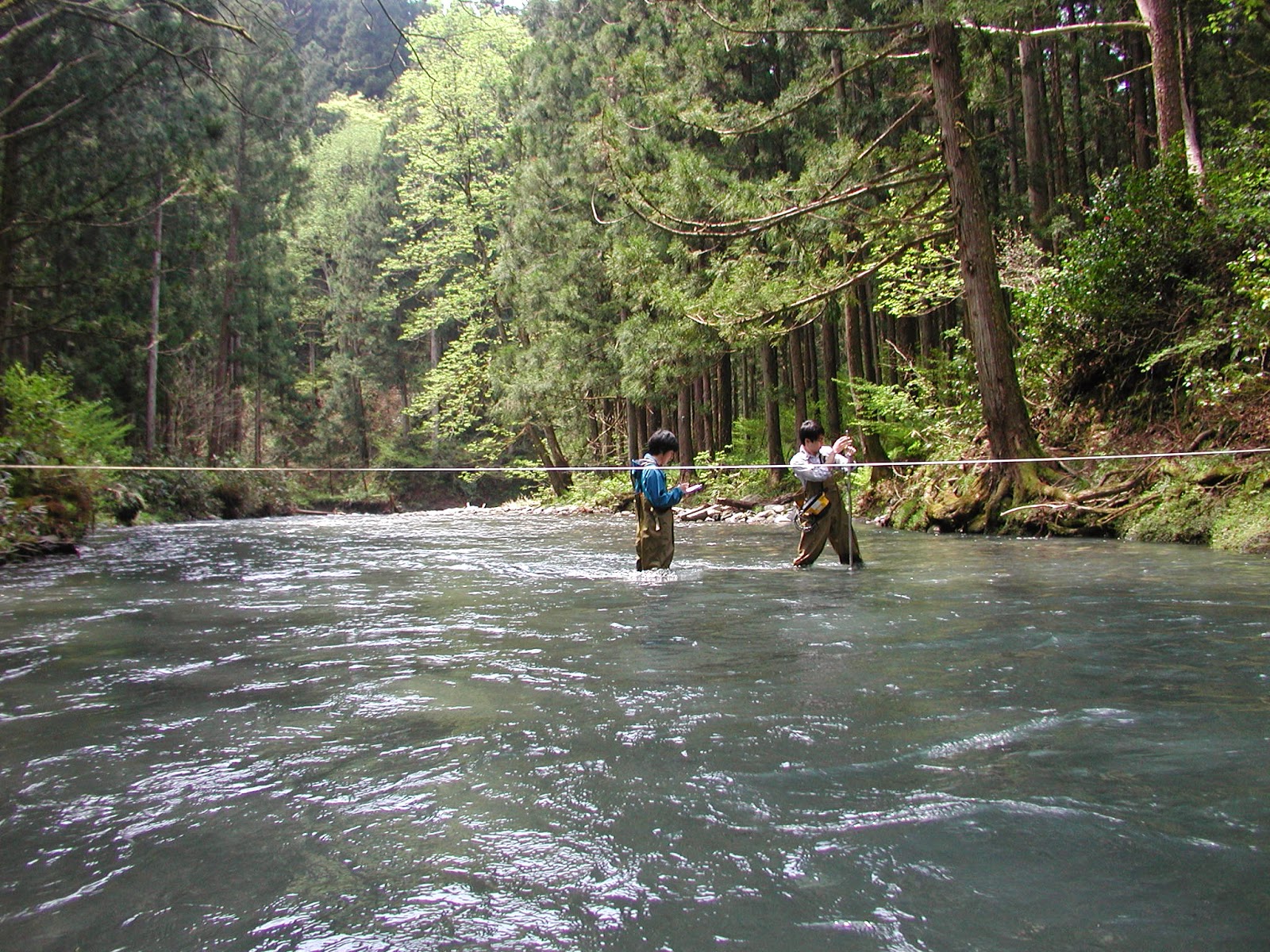The above hydrograph shows how water levels have receded over the past three weeks as snow cover has receded during mostly fine and dry weather. The most recent four days still show a slight diurnal snowmelt response, but it is much smaller in size than at the start of May, indicating snow cover has almost disappeared in the basin. On 1 May discharge was around 2.8 m3/s, but it has fallen to just 0.56 m3/s by 26 May.
There are two noticeable peaks due to rain-on-snow. The first event on May 4-5 occurred after 39 mm of rainfall, while the second event on May 15-16 occurred after 47 mm of rainfall.
 |
| Stage = 38 cm, Q = 0.56 m3/s, Ta = 22C, Tw = 14C |








